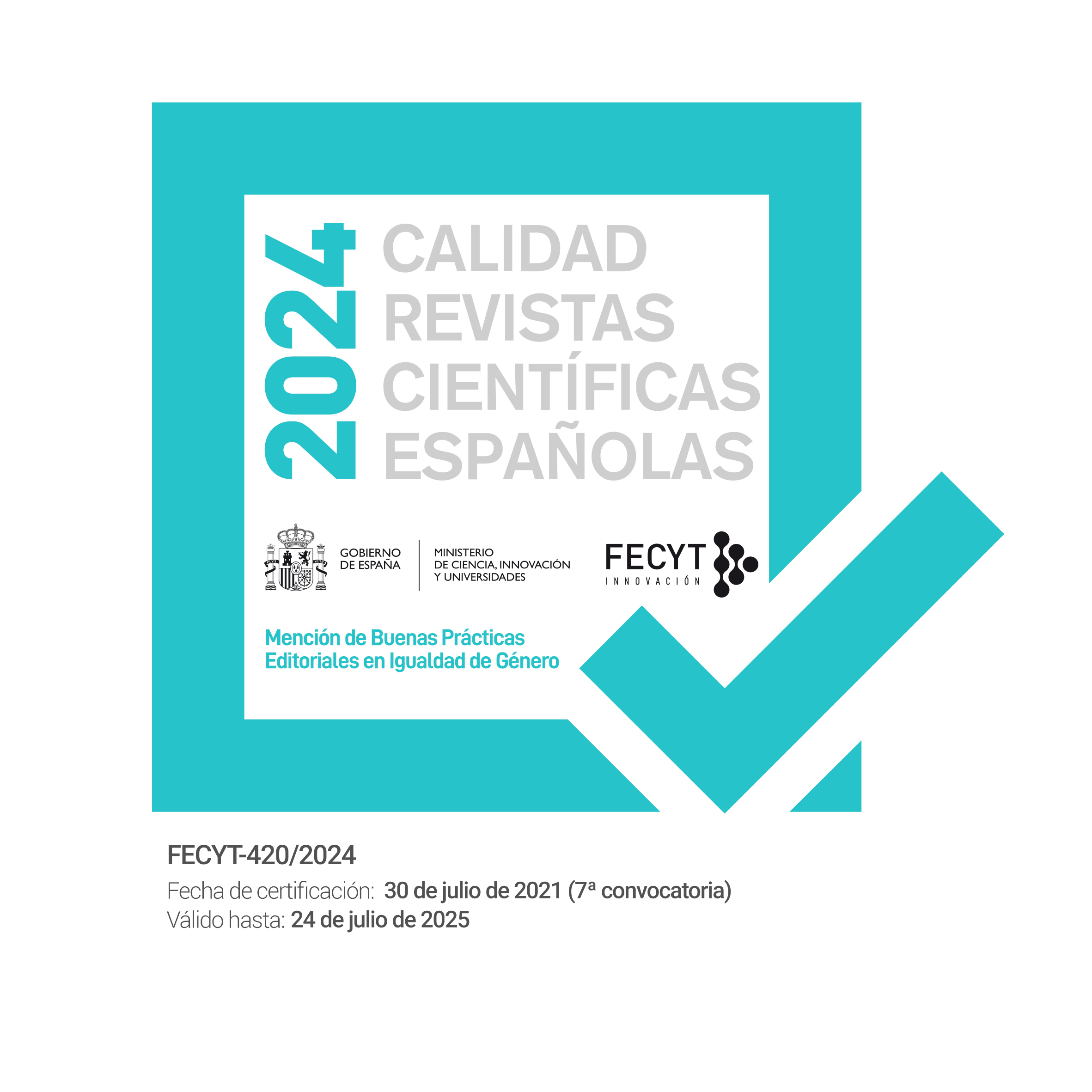The Hermeneutics of a Gaze: The Function of Visuality in Soldados de Salamina (2001) by Javier Cercas
DOI:
https://doi.org/10.1344/452f.2022.27.10Keywords:
Soldados de Salamina, Javier Cercas, visuality, memory novel, Cognitive Literary StudiesAbstract
In order to address a neglected issue in the reception of the novel, this article analyzes the centrality assumed by the sense of sight in Soldados de Salamina (2001) by Javier Cercas. Based on Cognitive Literary Studies, my intention is to show that the novel not only describes accurately the faculty of sight, but more significantly certain cognitive processes associated with it. In this way, it is my hypothesis that visuality responds to an essential narrative function in the novel: to recreate the experientiality of the characters, understood as the quasi-mimetic evocation of the experience of the events by a human protagonist, which activates in the reader a series of cognitive processes similar to those experienced in real life (Fludernik). Thus, I intend to contribute ultimately to the study of the productive interrelation between the body, vision and textuality in a seminal work of recent Hispanic literature.
Downloads
Published
How to Cite
Issue
Section
License
All contents published in the journal are protected under a Creative Commons BY-NC-ND license. This corresponds to legislation within Spain, and does not allow commercial use of the texts. It is not possible to modify the contents either.
General information.
Comparative Literature magazine 452ºF [ISSN 2013-3294] is a publishing project coordinated by Asociación Cultural 452ºF, and developed by its Editorial board.
Access to the Contents and Copyright.
All contents published in the journal are protected under a Creative Commons BY-NC-ND license. This corresponds to legislation within Spain, and does not allow commercial use of the texts. It is not possible to modify the contents either.
Every person has free access to the contents of the journal as long as they understand and assume that no profit is to be made on other people’s work.
In all cases, the original source name of the online journal and the article must be mentioned when used for any purposes.
Basic Conditions of all Call for Papers.
- 1. The author accepts that sending the paper:
- a. Does not guarantee the publication of it.
- b. Is done in accordance to the style-sheet of the magazine and the requirements of the specific call for papers.
- c. Implies the non-exclusive transferring of the first publication rights of the paper, as long as it is selected to be published in the journal, to theAsociación Cultural 452ºF, under a Creative Commons BY-NC-ND license.
- 2. The journal 452ºF, in due respect to moral rights of a copyright, guarantees that:
- a. All papers will be evaluated according to the procedure already mentioned.
- b. All authors will receive either a positive or negative answer to their sending a paper for publication.
- c. All papers will be published unabridged. The journal might make changes in the typographical disposition according to the needs.
- d. All papers will be published under a Creative Commons BY-NC-ND license.





